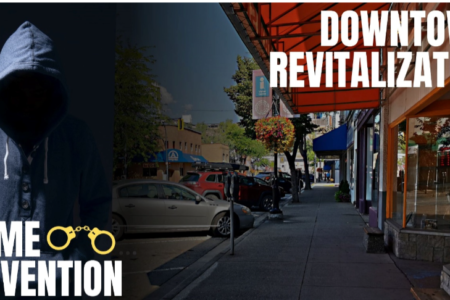Trail crime stats top council agenda
Trail crime statistics topped the city council agenda at its regular meeting Monday night, as Trail top cop RCMP Sgt. Mike Wicentowich provided a state-of-the-detachment report to mayor and council .
Wicentowich’s report compared crime statistics from the fourth quarter of 2017 to the fourth quarter of 2018.
“The most significant increase was theft from motor vehicles, with 20 in the fourth quarter of 2017 and 62 in the same time frame in 2018,” he said, adding those numbers don’t necessarily mean such a dramatic increase in the crimes themselves. “I think it has more to do with people reporting the crime than it does with victimization.”
He said the detachment has embarked on an anti-theft campaign that has resulted in residents being more likely to come to police in the event of such a crime.
“They are seeing that we’re responding and doing things about it, and people are going to jail for it, whereas before people may have felt there was no point in reporting (these kinds of thefts).”
Another significant, although not as steep, increase was in offences against property.
“In 2017, we had 139 files and in 2018 there were 223,” he said, explaining this refers to crimes like vandalism, property damaged in attempted thefts, mischief, etc. “Break-and-enters went down from 38 in the last quarter of 2017 to 20 in 2018.”
He said this last stat may mean their anti-theft campaign is working, and many of the would-be offenders are incarcerated and thus unable to commit further crime.
An interesting enforcement shift can be found in the decrease in drug investigations – eight in 2018 as compared to 15 in 2017.
“The eight we’ve done targeted significant drug traffickers in our area who were supplying other drug dealers as well as people on the street,” Wicentowich said. “Those have a much higher impact on the street, and take longer and require more resources.”
They also mean much larger seizures of drugs, cash and weapons that would otherwise have ended up on local streets.
Targeted enforcement and Counter Attack campaigns led to an increase of 22 impaired charges in the last quarter of 2018 as compared to only six in 2017 – and motor vehicle collisions dropping from 78 to 54.
Finally, mental health calls continue to be a growing concern, increasing from 50 to 70 in the year-over-year fourth quarter.
“It’s significant because (these calls) do take up a lot of time in manpower and administration,” Wicentowich said.
“Police take into account mental health when someone is involved in the criminal system – in my experience, there is a strong correlation between mental health and their involvement in the criminal world. For example, if (someone’s) mental health leaves them unable to keep down a job, and they have no food and are hungry, they may turn to theft.”
He said the critical piece to this is police accessing local help and resources wherever possible to address, not just criminal behaviour, but also the root causes of said behaviour, insofar as proactive policing can potentially be as beneficial to a community as reactive policing.
This was only Wicentowich’s second address to council as non-commissioned officer in charge (in layman’s terms, top cop) at the Trail detachment, having started in the role in September of 2018.
“It (statistical assessment) is preliminary for me – I’ve only been in the job for five months,” he said. “But we think we’re on the right track.”
He said they’ll continue to reassess ad evaluate progress in the coming year, and that a comparatively small detachment like Trail’s has an advantage over larger centres in its ability to communicate and adapt to shifting trends and requirements in local policing.
“We also have a CRU (Crime Reduction Unit) that’s very flexible and agile.”

























Comments